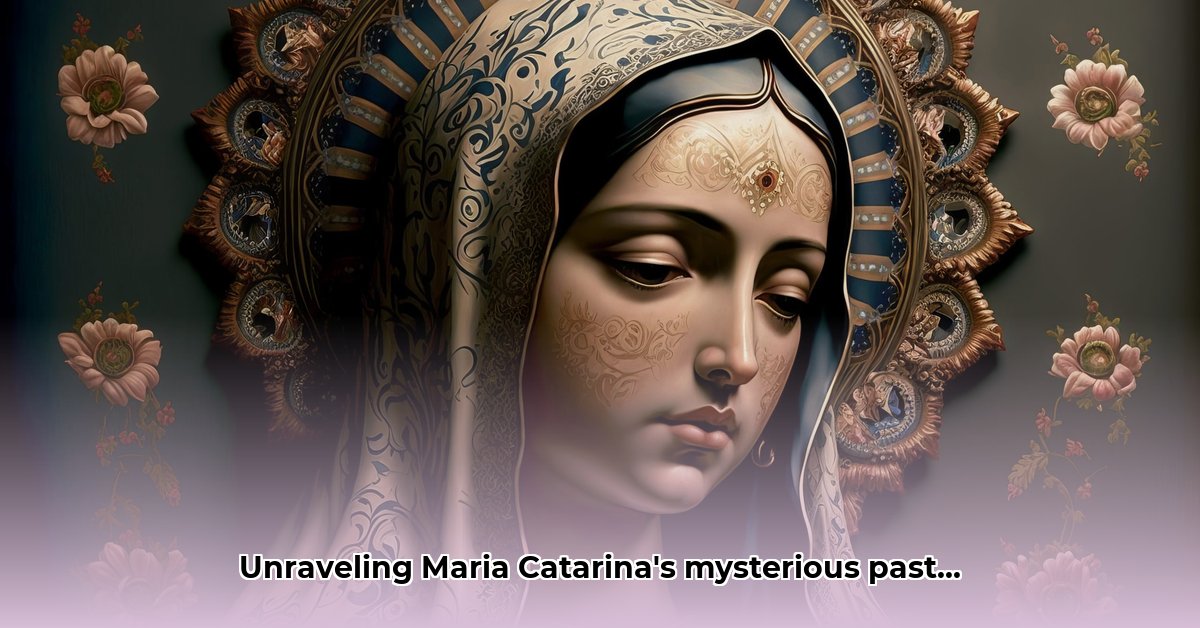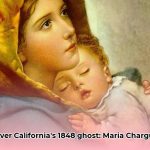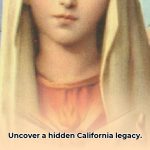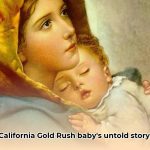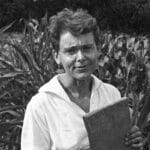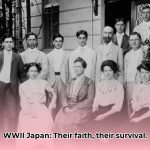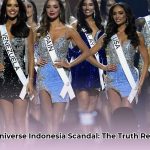Ever wondered about those family mysteries that seem impossible to solve? This is the story of Maria Catarina Charguana, a woman whose family tree holds a fascinating, and very tricky, puzzle. We’re going on a genealogical detective hunt to see if she’s related to the famous Jean Baptiste Charbonneau—Sacagawea’s son! It’s a real head-scratcher, filled with confusing old documents, conflicting stories, and a whole lot of detective work needed to piece it all together. We’ll look at the clues pointing towards a connection, and the ones that say otherwise, and even show you how future researchers can dig deeper. This isn’t just about names and dates; it’s about understanding how history, geography, and the cultural context of the time all play a part in untangling the mystery of Maria Catarina’s past. And we’ll ask the big question: Why does this matter, and what can we do to find out more? For more information on Maria Catarina, check out her profile here.
Maria Catarina Charguana: A Genealogical Puzzle of Heritage and History
The life of Jean Baptiste Charbonneau, Sacagawea’s son, was a whirlwind of adventure across continents. However, tracing his descendants, particularly Maria Catarina Charguana, presents quite the genealogical puzzle, similar to assembling a jigsaw puzzle with missing pieces. Several factors make this a tough nut to crack: migrations, inconsistent record-keeping, and names changing over time and even across different languages. These challenges highlight the complexities of heritage and history in 19th-century California.
The biggest mystery surrounding Maria Catarina, born around 1848, centers on her father’s identity. Was it Jean Baptiste Charbonneau, or someone else, such as Gregory Trujillo? Unfortunately, there aren’t many reliable records to definitively answer this question. This scarcity is a common problem in genealogical research. Adding to the confusion, her last name appears variably as Sobin, Charbonneau, or Charguana, reflecting the fluidity of naming conventions and record-keeping practices of the era.
Tackling this genealogical challenge requires a multi-faceted approach, much like a detective solving a complex case. We’re not just looking at a single clue, but piecing together a story from fragments, some larger, some smaller, and some possibly misleading. Can collaborative efforts and interdisciplinary approaches help reveal insights into heritage validity?
Unraveling the Mystery: A Step-by-Step Approach
- Deep Dive into Records: We need to meticulously examine every available record: birth certificates, baptismal records, marriage licenses, census data, land deeds—anything that might offer a clue. Think of it as a treasure hunt, but the treasure is information!
- Hunting for Original Documents: The best clues are often found in original documents. These primary sources give us a firsthand look at the past. These can be difficult to find and often require archival research or extensive online searching.
- Leveraging DNA: In some cases, DNA testing can provide supporting or contradictory evidence by comparing Maria Catarina’s potential descendants’ DNA with known Charbonneau relatives.
- Teamwork Makes the Dream Work: Collaborating with genealogy experts specializing in this time period and geographical location is crucial. Their experience and knowledge can help us navigate the complexities of the research, including language barriers and understanding historical naming conventions.
- Understanding the Historical Context: We need to consider the historical context, including the cultural practices of the Luiseño people and the impact of Spanish and Mexican rule, remembering that records might be incomplete or biased.
Who’s Involved and What Are They Doing?
| Stakeholder | Immediate Actions | Long-Term Goals |
|---|---|---|
| Genealogists | Comparing records; searching for original documents; analyzing naming patterns. | Expanding the geographical scope of the research; collaborating with other researchers; developing a comprehensive family tree. |
| Historians | Examining existing accounts, considering potential biases; analyzing historical documents. | Investigating socio-political and cultural factors affecting record-keeping; providing historical context to the genealogical findings. |
| Descendants | Sharing family stories and information; considering DNA testing. | Connecting with researchers; contributing to the research; preserving family history. |
| Tribal Historians | Providing cultural context; sharing oral histories; offering insights into Luiseño customs. | Ensuring accurate representation of Luiseño heritage; connecting the genealogical research to broader tribal history. |
The quest to establish Maria Catarina Charguana Charbonneau’s ancestry is an ongoing journey. How might her Luiseño, French Canadian, and Spanish heritage inform our research? The story of Jean Baptiste Charbonneau and his descendants is far from over, and there’s a rich trove of untold stories waiting to be discovered. The mystery remains, but the search continues!
Unraveling the Mystery: Utilizing Genealogical Resources and Historical Context
Key Takeaways:
- Maria Catarina Charguana’s parentage presents a complex puzzle for genealogical research.
- Sources confirm her birth date and location, but further heritage investigation is required.
- Discrepancies exist regarding her mother’s surname and parents’ relationship.
- Multiple databases and historical records must be consulted carefully.
- A multi-faceted approach is essential for accurate results and verifying ancestral history.
The Intriguing Case of Maria Catarina’s Heritage
Maria Catarina Charguana, born in 1848 at Mission San Fernando Rey de España, leads us on a fascinating genealogical journey. Her life, a blend of Luiseño, French Canadian, and Spanish heritage, reflects the turbulent era of California’s transition from Mexican to American rule. Her story is incomplete, however, fragmented by history’s biases and incomplete records. What specific strategies could help to reconstruct this incomplete ancestral history?
What We Know, What We Don’t About Paternity and Family
Most sources agree on the basics: Maria Catarina’s birthdate (May 4, 1848), birthplace (Mission San Fernando), and baptism (May 28, 1848). Jean Baptiste Charbonneau and Margarita Sobin are named as her parents. But questions arise about the nature of Charbonneau and Sobin’s relationship. Was it a formal marriage, a common-law marriage, or something else? The spelling of her mother’s surname varies across records (Sobin vs. Soben). Adding to the mystery is the surname “Charguana” itself—is it her mother’s maiden name, a family name, or a locative identifier?
The scarcity of information about her later life only complicates matters. Records are vague about her marriage, children, and death. This lack of information is a common problem—historical records often fail to provide a complete picture of the lives of women, particularly Indigenous women, in this period.
Navigating the Genealogical Maze: How to Verify Ancestry
Unraveling this puzzle requires a strategic approach. Think of it like piecing together a mosaic; each tile represents a source, and the full picture must emerge from careful assembly. What are the best practices for evaluating the credibility of sources when researching ancestral history?
Step 1: Comprehensive Data Gathering
- Compile all available data from diverse sources: Ancestry.com, FamilySearch, WikiTree, FindAGrave, and local archives (mission records, census records, land deeds).
- Cross-reference information to identify inconsistencies and potential errors.
- Pay close attention to original records, such as birth and baptism certificates, and ensure proper transcription, translation, and interpretation of these documents.
Step 2: Analyze and Compare
- Compare the information gathered from several databases, identifying patterns and discrepancies.
- Evaluate each source carefully. Who created the record? When? What was their potential bias (e.g., religious, cultural, political)?
- Construct a timeline of Maria Catarina’s life based on the collected data, identifying gaps that need further investigation.
Step 3: Contextual Understanding
- Consider the historical context of the time: the Mexican-American War, the Gold Rush, the mission system, and the changing demographics of California.
- Investigate the lives of Jean Baptiste Charbonneau and Margarita Sobin. Understanding their backgrounds, their relationship, and their movements can bring valuable insights. Research Luiseño customs related to naming practices and family structures.
- Examine the roles of the Catholic Church and the mission system in record-keeping.
Step 4: Seek Additional Evidence
- Explore Luiseño oral histories and traditions, which may offer supplementary knowledge.
- Analyze Mission San Fernando records for additional documentation about her birth and family.
- Reach out to other genealogists and historians specializing in California history, Luiseño history, and the Charbonneau family for insights and collaborations.
This genealogical investigation offers a chance to explore a pivotal time in California’s history and shed light on the experiences of Indigenous women. The quest to verify Jean Baptiste Charbonneau’s paternity involves more than verifying dates and names; it’s about piecing together a life story, one that deserves to be fully told. By understanding the historical context, utilizing available resources, and collaborating with experts, we can move closer to unraveling
